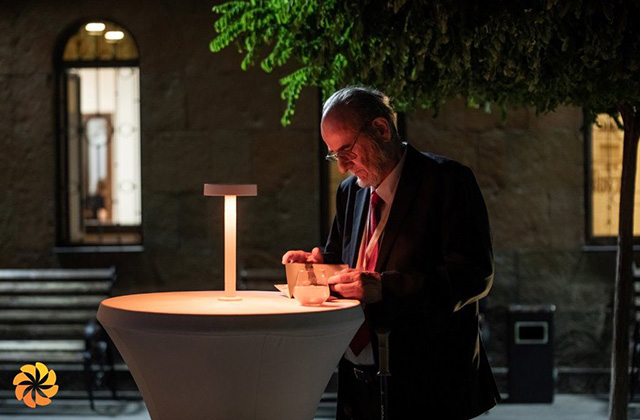
Assessing the Armenian Landscape

The prospects are bleak for Armenians in Nagorno Karabakh.
There is no sign that Azerbaijan is willing to leave them in peace.
Baku does not tolerate genuine autonomy to ethnic Armenians.
The Aliyev dynasty is a despotic regime,
hostile to any kind of civil society and pluralism.
What should Armenians do?
We begin by posing an existential question:
Which Armenians?
Is it those dwelling in perilously surrounded Karabakh?
Is it those living in the landlocked vulnerable Armenian Republic?
Or perhaps the different diaspora communities scattered across the globe
that confront the challenge of assimilation?
Who decides the fate of Artsakh?
Is it even Armenians?
Is it instead the military power of the Russians, Azerbaijanis and Turks?
Sadly, in these perilous times,
the global human rights community seems preoccupied elsewhere.
Armenians face agonizing choices.
Should they risk ever so much and defend Artsakh at all costs?
Must they concede the harsh fact of still more historic lands bitterly lost?
How urgent is it to modernize Yerevan’s military?
Is it one war too late?
Do we need a major recalculation of Armenia’s geopolitical future?
Should Armenians reassess their political independence from Moscow?
Looking even further ahead,
what are the prospects that tiny Armenia will survive until 2115?
Will Armenians inevitably disperse en masse into a global Diaspora?
The mountainous winter landscape is harsh and perilous.
The twin peaks of Ararat are currently hidden behind dark storm clouds.
Perhaps tomorrow will be a better day.
Alan Whitehorn
February 18, 2021
Alan Whitehorn is an Armenian Canadian poet and professor emeritus of political science.























